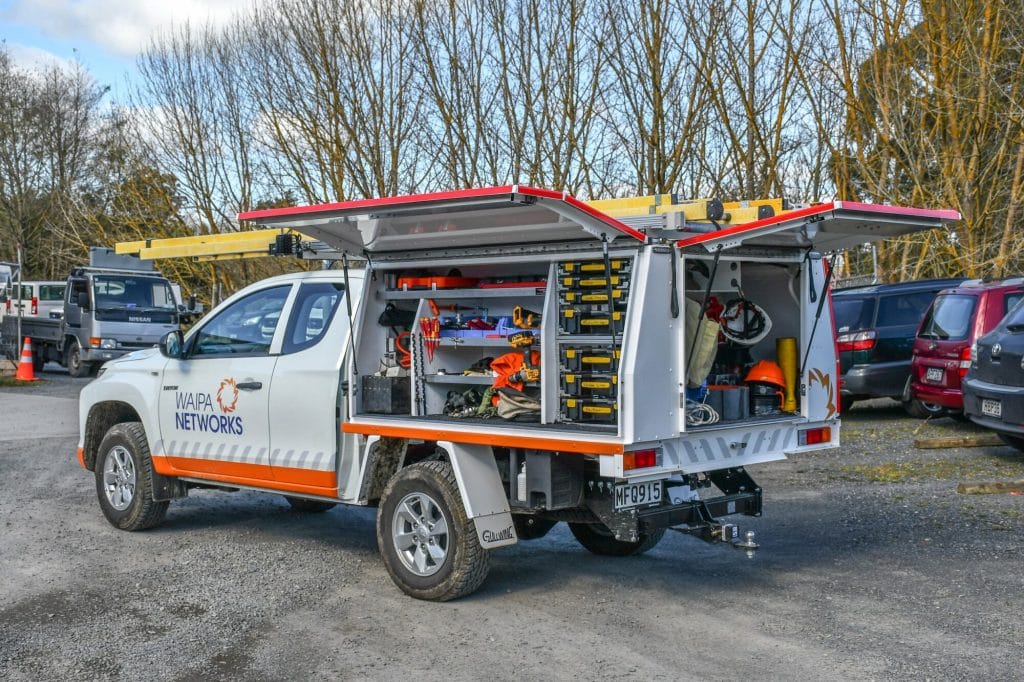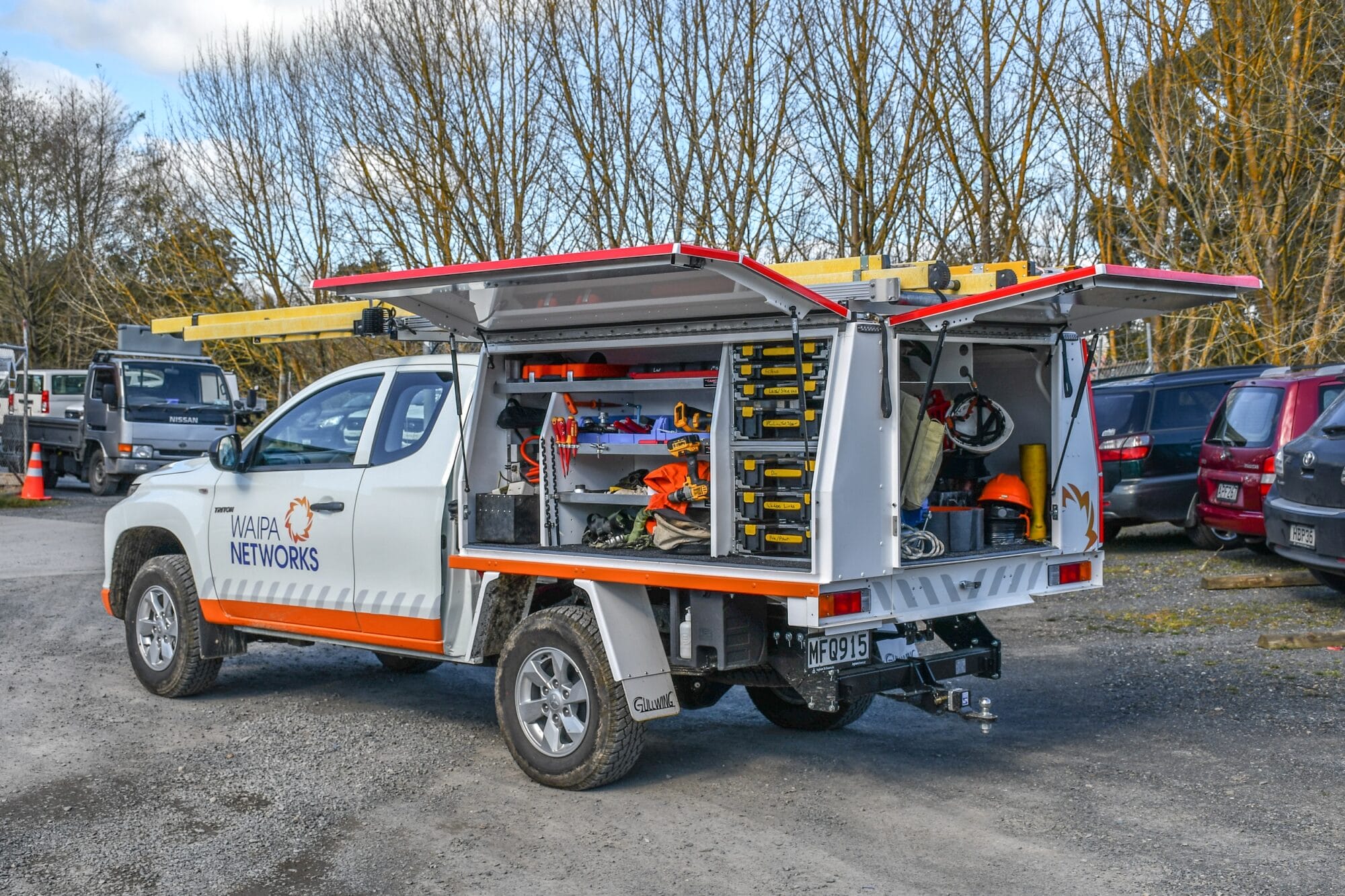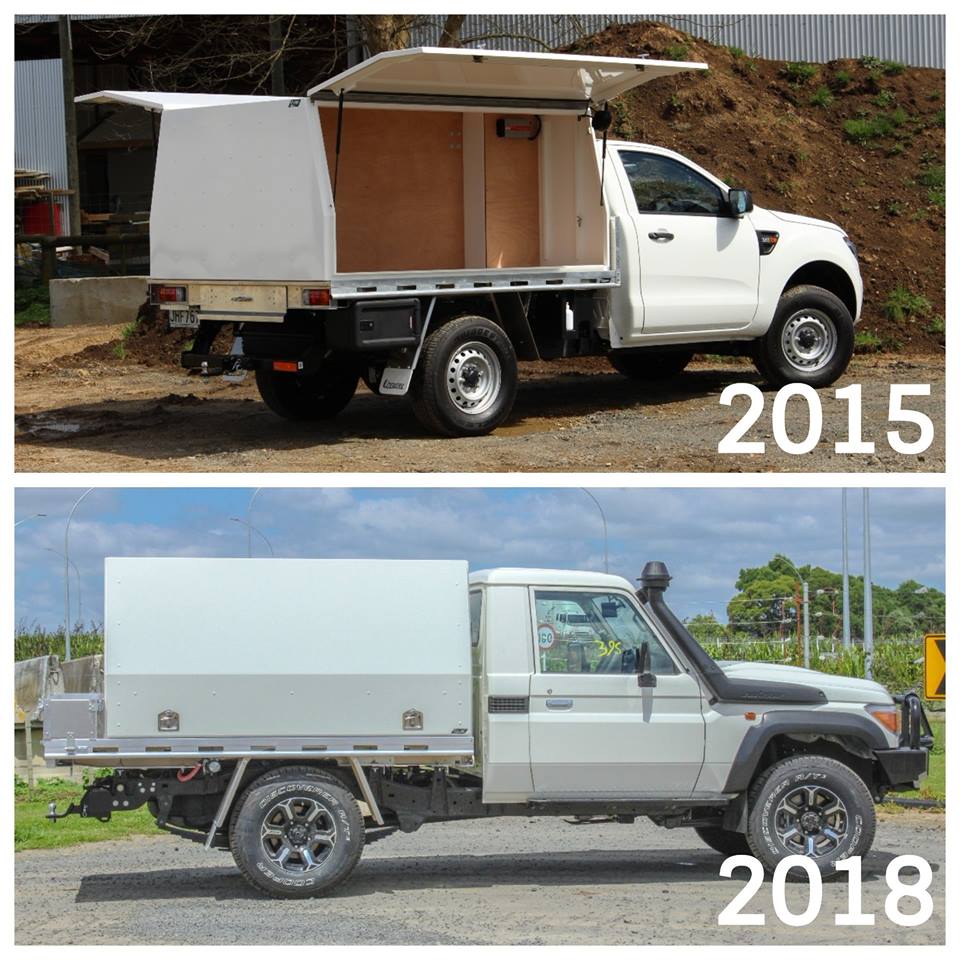Total cost of ownership when purchasing an asset is more than simply the amount you pay as a one-off upon purchase. Also consider items like maintenance costs, warranties, installation fees and operating costs when analysing fitouts for your specialist teams.
Maintenance can also be a big factor in calculating overall cost of ownership – will your fitout need repairs and/or costly maintenance?
If repairs are required, are parts readily available in NZ if you bend a door, or smash a window, or will they have to be sourced from overseas, costing you vehicle downtime? An NZ-Made product will come with local backup and readily available spare parts.
Warranties – if something does fail on your fitout, what sort of warranty are you protected by? Consider the time period the warranty is active for, and what it covers. Is there a nearby agent who can enact repairs if you need?
Fuel costs are another expense to consider when operating a vehicle. Heavier vehicles will chew through fuel at a much higher rate. One way to combat this is to reduce the kerb weight of the vehicle – we focus on lowering the kerb weight through utilising as many aluminium components on the fitout as possible.
One hidden cost of ownership is the amount of time you save (or lose) through having your vehicle set up efficiently (or not well-organised!). It has been estimated that a Rolaworx drawer system could save you 15 minutes a day.
Lets run this through a simple calculation and see how changing this time from non-productive to productive, charge-out time could help your business.
There’s approximately 240 working days in a year (excluding weekends & public holidays. By saving 15 minutes per day, that’s an extra 60 hours that you can charge out to your customers. At an estimated charge out rate of $120/hour, that’s an additional $7,200 your business can earn in a year – per person, simply by having a well-organised vehicle! On a $15k fitout, you’d pay this fitout cost off in just over 2 years.
At Camco, our in-house design team develop our fitouts to last for 2 or 3 vehicle lives. We do this by getting external testing carried out which assesses a service body for example being able to sustain extreme load cases, for example in an accident. Further external engineering analysis is carried out to determine long term fatigue life. All our Service Body chassis mounts are tested to 400,000kms at full load for example. We also specify high quality materials and develop efficient manufacturing techniques. This enables us to design out common stress or failure points where practical, ensuring a longer fitout life.
Vehicles are typically leased for a period of 3 or 5 years. When it comes time to change vehicles, consider what you will be likely to do with the fitout at the end of the lease – will you leave it on the ute, and invest into a brand new fitout, or would you prefer to transfer the existing fitout over to your new ute?
The ability to transfer your fitout from vehicle to vehicle enables you to spread the fitout investment cost over a longer useful life – saving you money by reducing setup costs and downtime in getting your new vehicle set up. In our example above, you’ve already paid off your $15k fitout in the first couple of years of operation, and you’re now setting up your new vehicle with a purpose-built fitout that owes you $0, ready to earn you cash.
Simply unbolt the service body, transfer onto your new vehicle and you’re ready to go!





